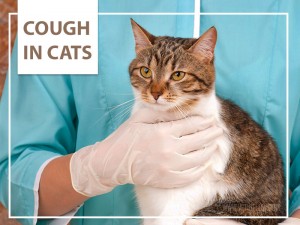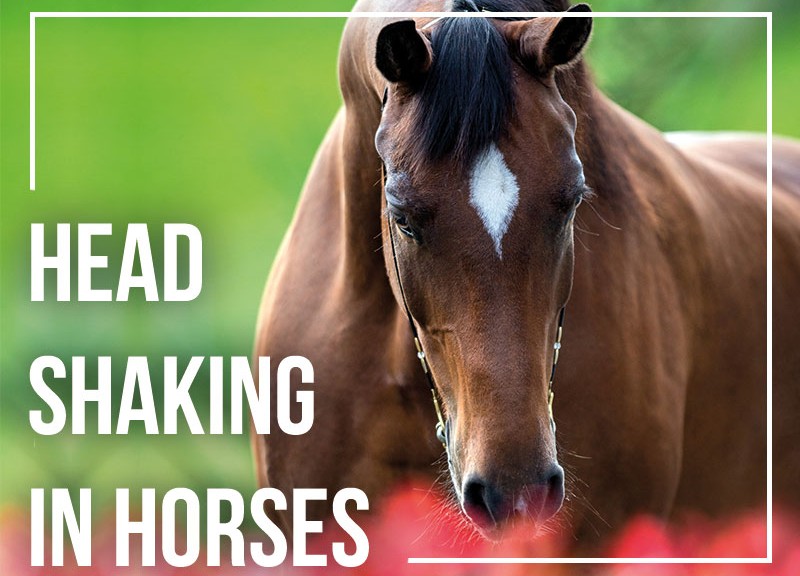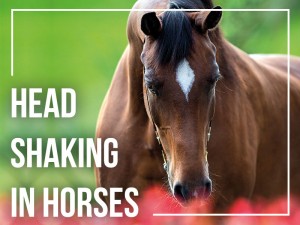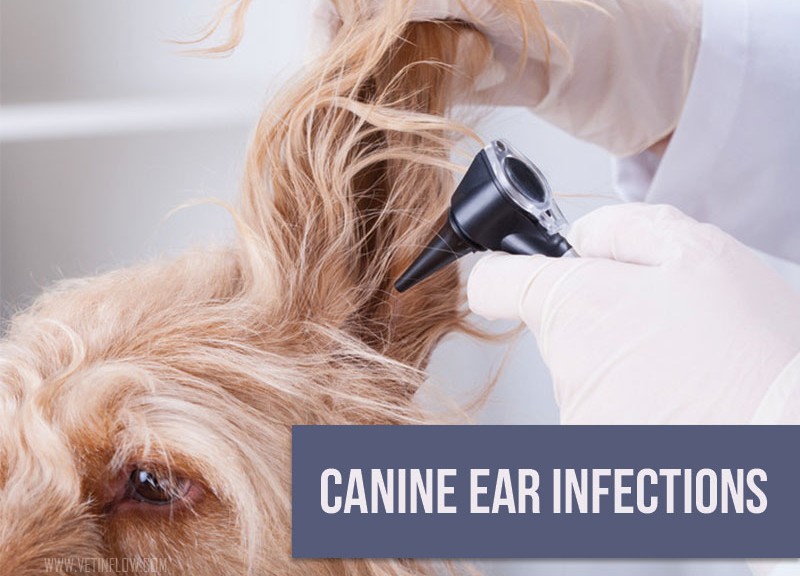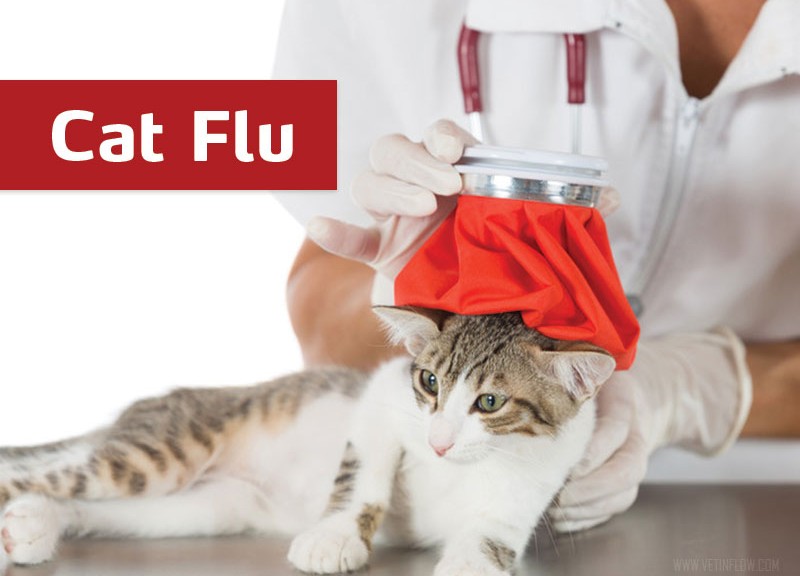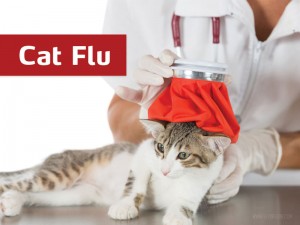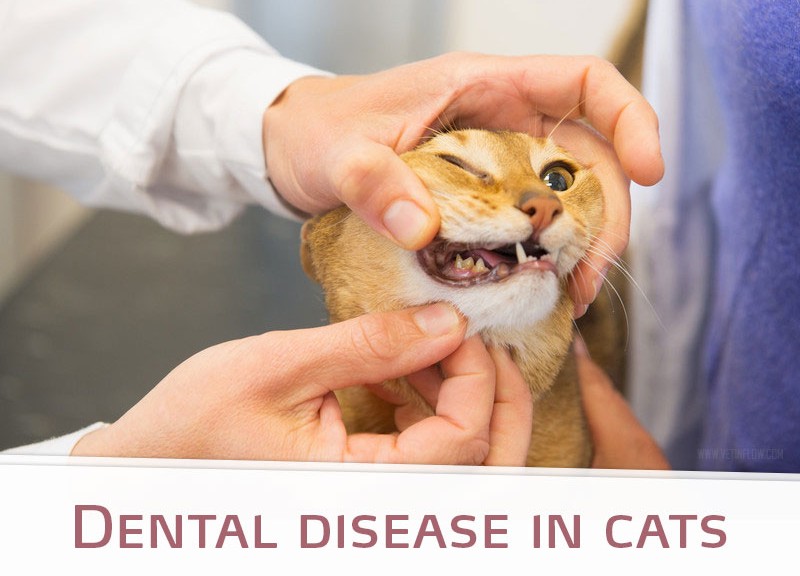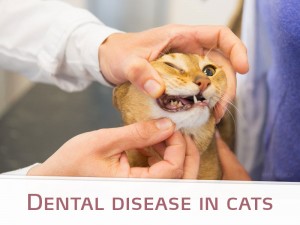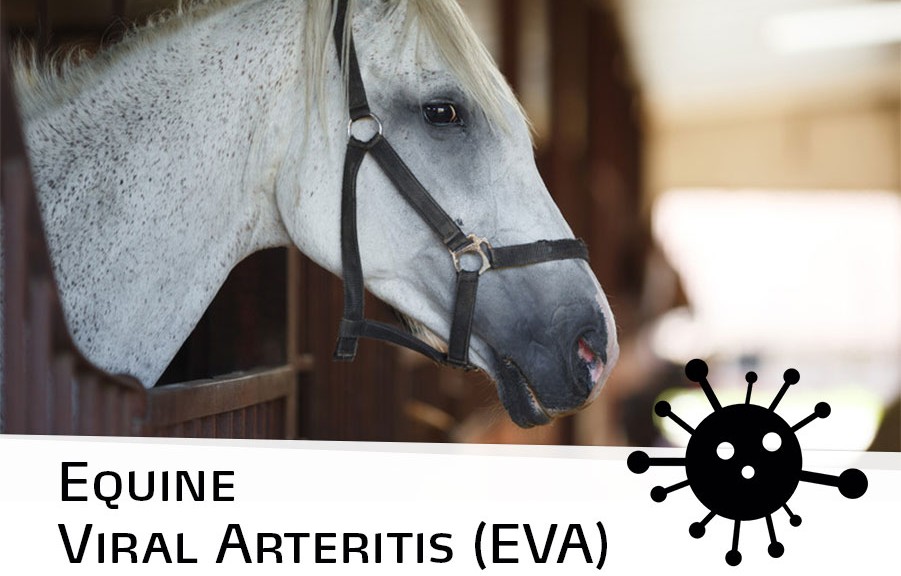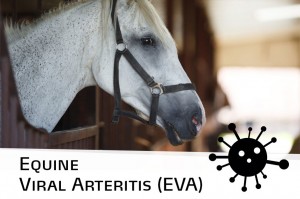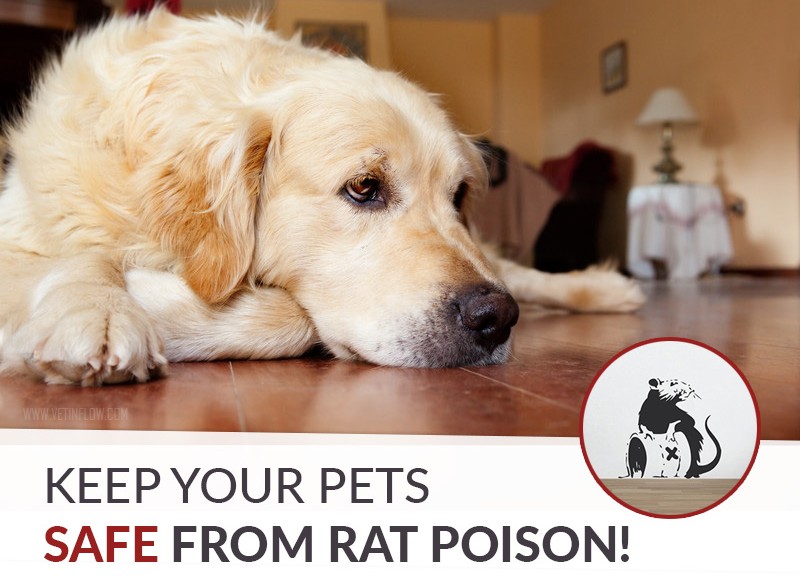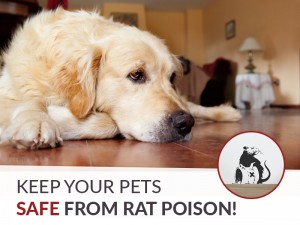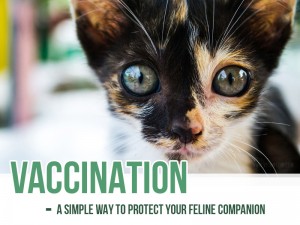
There are only a few more days left until Christmas and although this is a wonderful time of the year it has many potential dangers for our pets, especially if owners are not aware of them.
Christmas food is definitely on top of our list! The festive season is usually filled with sweets, chocolates, mince pies, Christmas cakes and Christmas puddings. All these foods should be kept away from our furry companions since they contain many substances that are toxic for them.
Chocolate contains theobromine, which is poisonous for dogs and cats. Chocolate poisoning in dogs is very common during this time of the year and affected dogs will often present diarrhoea, vomiting, hyperactivity, incoordination, and even fits (seizures). The higher the cocoa content, the more toxic the chocolate will be for our pets.
Xylitol is a very common sweetening agent used as a sugar substitute in sugar-free chewing gum, sweets, cakes, biscuits and it is also commonly used in coffee or tea. Xylitol is dangerous because it causes a sudden drop in our pet’s blood sugar levels, eventually leading to liver damage.
Although neither the toxic agent nor the process involved are entirely known, there have been many cases of dogs that developed kidney failure after ingesting grapes, raisins and sultanas. Please keep all the mince pies, Christmas cakes and Christmas puddings away from them.
Other toxic foods include macadamia nuts, onions and garlic which means that owners shouldn’t feed anything to their pet that might contain any of these ingredients. Feeding our pets with our Christmas meal leftovers is also not recommended not only because those meals tend to have very high amounts of fat but also because it often contains bones. Bones are a choking hazard and can cause constipation or even damage on their intestines.
Christmas decorations can be dangerous as well as holly and mistletoe are also poisonous for pets if ingested. Curious and playful pets may try to chew and swallow ornaments, tree light cables tinsel and ribbons.
Merry Christmas everybody!
Would you like to know more about cats and dogs? Check our Feline and Canine Courses:




